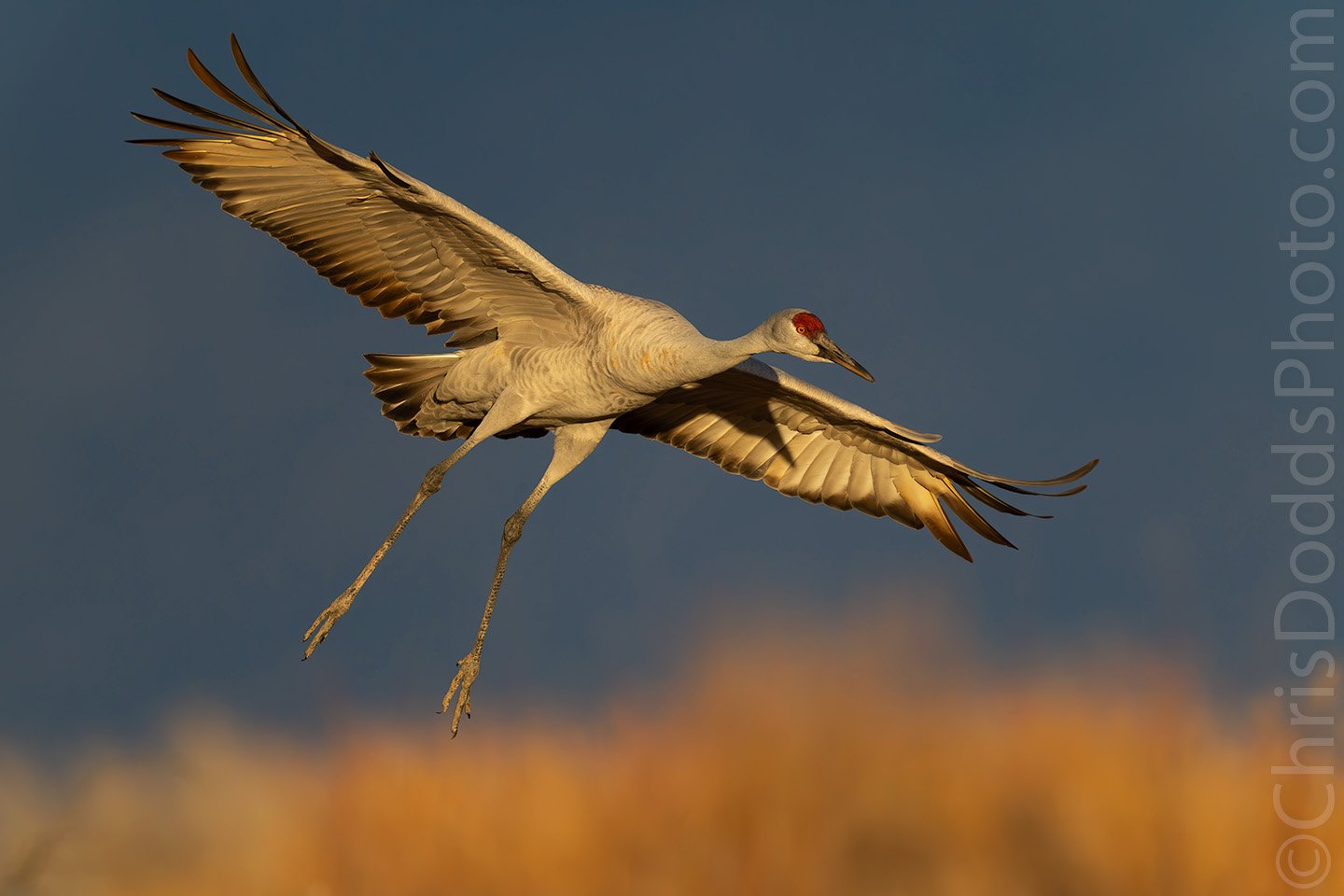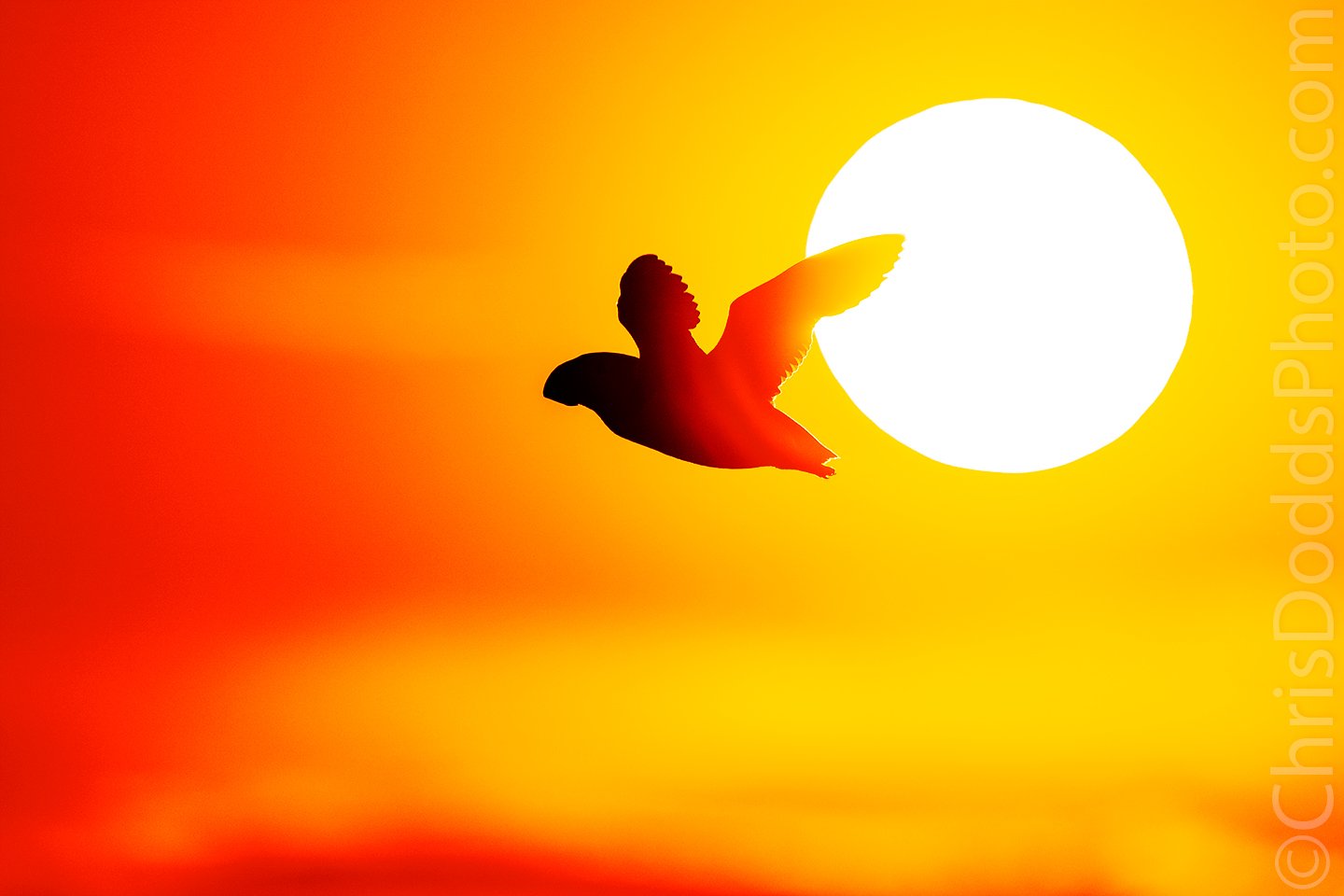On the last morning of my Better than Bosque Workshop (Dec. 9, 2024), our Wood Duck shoot was interrupted by a couple of Black-crowned Night Herons, a common and often overlooked species!
The light was golden, and the fog burned off quickly, so I maneuvered into the best angle and got one frame off before it flew to perch in a tree for the rest of the day.
I have just announced the Dec. 5-9, 2025, Better than Bosque workshop. Click the image or link below to learn more and sign up.
Black-crowned Night-heron Golden Light Reflection (Nycticorax nycticorax, Bihoreau gris, BCNH) from the last morning of my Better than Bosque workshop (Dec.9, 2024). Albuquerque, New Mexico, USA. Image Copyright ©Christopher Dodds. Sony a9 III Mirrorless camera & Sony FE 600mm f/4 G Master OSS Lens with Sony FE 2X Teleconverter @1,200mm ISO 5,000, f/8 @ 1/5,000s. Manual exposure. Full frame image.


















